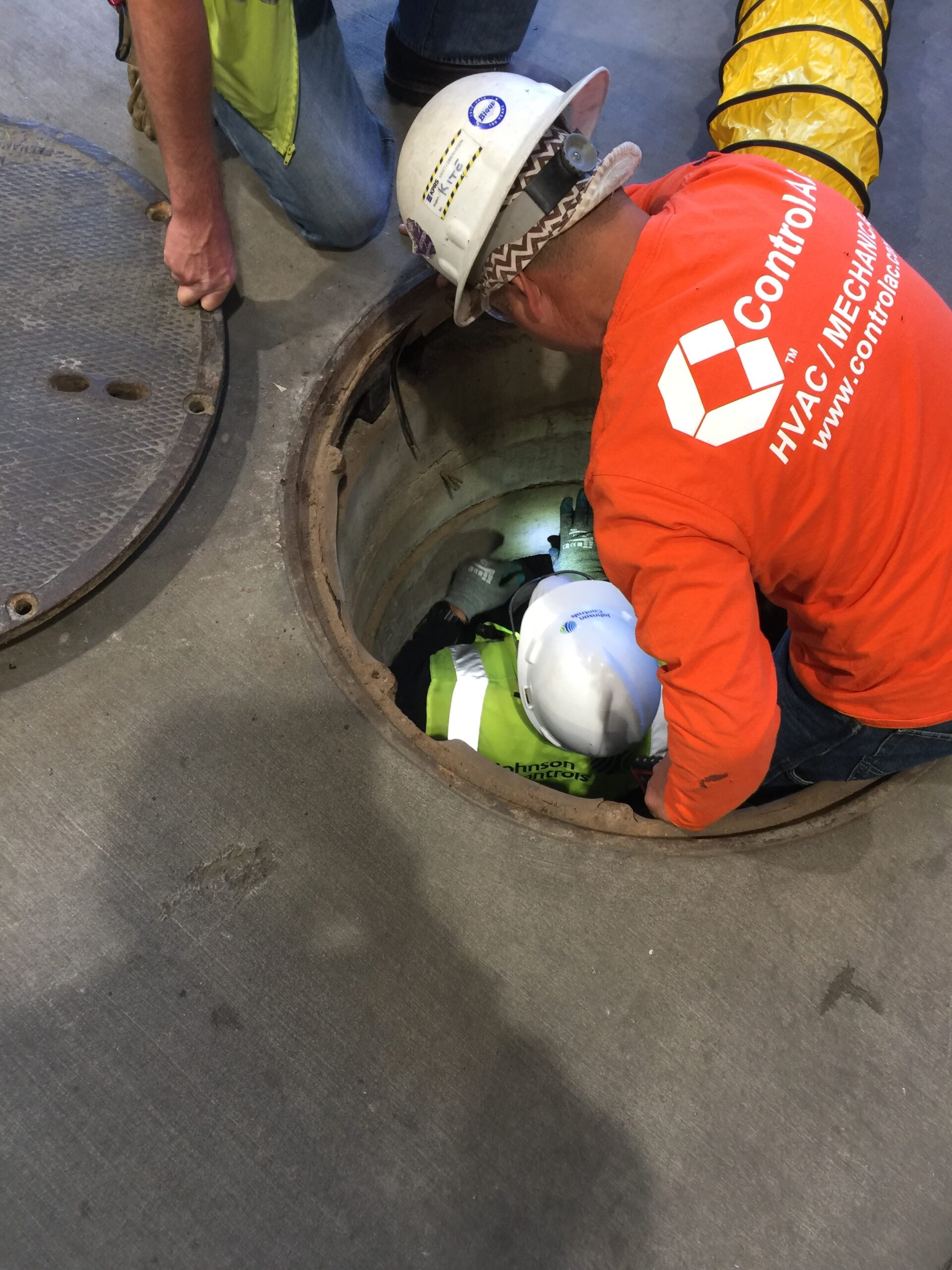
Confined space inspections of asbestos pipes are critical for ensuring safety and compliance with regulations. If eWaste Disposal Inc. is conducting such inspections, several key considerations should be addressed:
1. **Training and Certification**: Ensure all technicians are properly trained and certified to handle asbestos and work in confined spaces. This includes knowledge of the hazards associated with asbestos and the specific procedures for safe entry and exit of confined spaces.
2. **Personal Protective Equipment (PPE)**: Technicians should be equipped with appropriate PPE, such as respirators, disposable coveralls, gloves, and eye protection to minimize exposure to asbestos fibers.
3. **Permitting and Procedures**: A confined space entry permit should be obtained and the necessary safety procedures followed. This includes air monitoring, ventilation, and the use of a buddy system.
4. **Regulatory Compliance**: Follow all relevant OSHA (Occupational Safety and Health Administration) regulations and guidelines, including those specific to asbestos (29 CFR 1926.1101) and confined spaces (29 CFR 1910.146).
5. **Decontamination**: Establish procedures for the decontamination of personnel and equipment to prevent the spread of asbestos fibers.
6. **Waste Disposal**: Asbestos-containing materials should be properly handled and disposed of according to EPA (Environmental Protection Agency) regulations.
7. **Documentation and Reporting**: Maintain detailed records of the inspection, including air quality measurements, PPE used, and any asbestos materials removed or encapsulated.
Ensuring these steps are followed will help maintain safety and compliance during confined space inspections of asbestos pipes.
